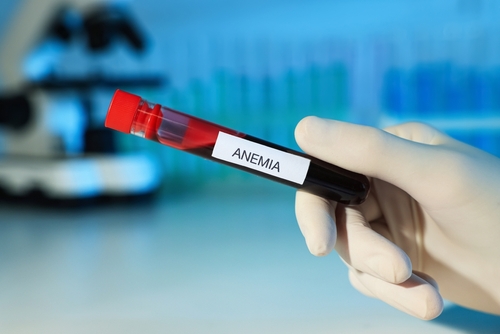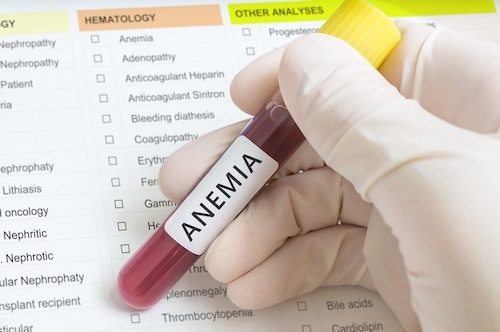
Anemia in children on maintenance hemodialysis (HD) results in poor quality of life, affecting physical, cognitive, and mental health. Severe anemia is associated with serious problems, such as cardiovascular dysfunction, cardiomyopathy, and even death.
Key performance indicators (KPIs) are quantifiable measures used to assess health care quality. KPIs for anemia management and iron status in patients with chronic kidney disease on maintenance HD are calculated as the percentage of patients who meet the Kidney Disease: Improving Global Outcomes (KDIGO) 2012 recommended targets for hemoglobin (Hb; 11-12 g/dL), transferrin saturation (TSAT; 20%-40%), and serum ferritin (200-500 ng/mL).
Mariam A. Khalil and other researchers evaluated and monitored anemia and iron status management in children on HD at the pediatric dialysis unit of Ain Shams University in Egypt over 18 months using these KPIs. Their findings appeared in the Journal of Nephrology.
The study took place from April 1, 2020, to October 31, 2021. A total of 78 patients were included, of whom 45 (57.7%) were male and 33 (42.3%) were female. The mean age of participants was 12.16 ± 3.30 years. All participants received 3-hour HD sessions every other day (3 sessions/week). The range of HD duration was 3.00-140.88 months, with a median of 16.51 months.
Most patients did not meet the KDIGO 2012 targets for Hb, TSAT, and serum ferritin, suggesting that the protocol for management of anemia and iron status needs to be adjusted. The quarterly percentages of patients who achieved the recommended targets for Hb, TSAT, and serum ferritin ranges were 18.2%-35.7%, 38.8%-57.1%, and 11.9%-26.6%, respectively, for all six quarters of the study duration. The percentages of patients with readings below the targets for all three parameters were 52.9%-68.2% for Hb, 2.0%-14.3% for TSAT, and 5.97%-10.20% for serum ferritin. The percentages of patients with readings above the targets for those three parameters were 2.4%-25.5% for Hb, 64.1%-74.4% for TSAT, and 67.2%-78.6% for serum ferritin.
One limitation of the study was that sampling of patients was not established prior to a midweek HD session. However, the authors noted that the study results provide a reason to conduct additional research using more sensitive tools for monitoring anemia and iron status in these patients.
They concluded, “Although the mean Hb trend was close to the KDIGO (2012) target, the [KPIs] showed that a small percentage of our HD children were achieving the targets for Hb, TSAT, and serum ferritin, alerting us to the need to revise our protocol for the management of anemia and iron status. Despite these results, there is still great potential for improvement in the attainment of these [KPIs].”
Source: Journal of Nephrology






 © 2025 Mashup Media, LLC, a Formedics Property. All Rights Reserved.
© 2025 Mashup Media, LLC, a Formedics Property. All Rights Reserved.